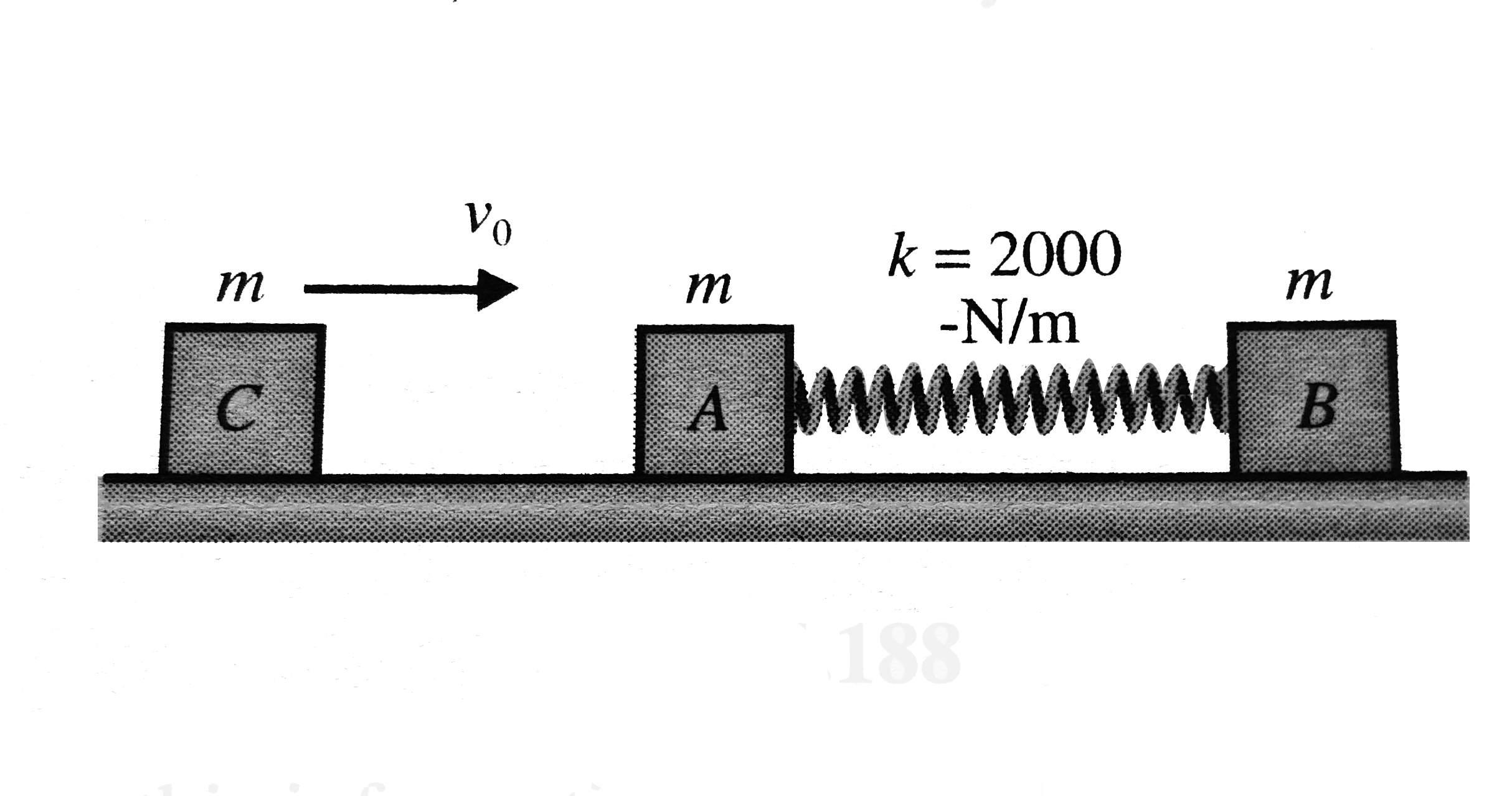(a) Draw a diagrammatic sectional view of a mature anatropous ovule and label the following parts in it :
(i) that develops into seed coat.
(ii) that develops into an embryo after fertilization.
(iii) that develops into an endosperm in an albuminous seed.
(iv) through which the pollen tube gains entry into the embryo sac.
(v) that attaches the ovule to the placenta.
(b) Describe the characteristic features of wind pollinated flowers.
Step-by-Step Solution
1. Draw the Outline of the Ovule: Start by sketching a bean-shaped structure to represent the mature anatropous ovule.
2. Label the Funicle: At one end of the ovule, draw a short stalk-like structure and label it as the "Funicle." This part attaches the ovule to the placenta.
3. Draw the Micropyle: At the opposite end of the funicle, indicate a small opening. This is the "Micropyle," through which the pollen tube enters the embryo sac.
4. Draw the Integuments: Surrounding the ovule, draw two layers representing the outer and inner integuments. Label them as "Outer Integument" and "Inner Integument." These layers develop into the seed coat.
5. Indicate the Nucleus: Inside the ovule, draw a circular structure to represent the nucleus. Label it as "Nucleus," which will develop into the endosperm after fertilization.
6. Draw the Embryo Sac: Within the nucleus, draw a larger oval shape to represent the embryo sac. Label it as "Embryo Sac," which will develop into the embryo after fertilization.
7. Label the Hilum: Mark a small point on the ovule opposite the funicle and label it as "Hilum," which is the point of attachment of the ovule to the funicle.
Summary of Labeled Parts:
- (i) Develops into Seed Coat: Integuments (Outer and Inner)
- (ii) Develops into Embryo after Fertilization: Embryo Sac
- (iii) Develops into Endosperm in an Albuminous Seed: Nucleus
- (iv) Through which the Pollen Tube Gains Entry into the Embryo Sac: Micropyle
- (v) Attaches the Ovule to the Placenta: Funicle
---
(b) Characteristic Features of Wind Pollinated Flowers
1. Lightweight Pollen Grains: The pollen grains are usually light in weight, allowing them to be carried easily by the wind.
2. Dry and Non-Sticky Pollen: The pollen grains are dry and non-sticky, which helps in their dispersal through the air.
3. Large Quantity of Pollen Production: Wind-pollinated flowers produce a large number of pollen grains to increase the chances of successful pollination.
4. Open Flower Structure: These flowers typically have an open structure with well-exposed stamens, facilitating the release of pollen into the air.
5. Feathery Stigma: The stigmas of wind-pollinated flowers are often large and feathery, which helps in capturing airborne pollen grains effectively.
---
- (i) Develops into Seed Coat: Integuments (Outer and Inner)
- (ii) Develops into Embryo after Fertilization: Embryo Sac
- (iii) Develops into Endosperm in an Albuminous Seed: Nucleus
- (iv) Through which the Pollen Tube Gains Entry into the Embryo Sac: Micropyle
- (v) Attaches the Ovule to the Placenta: Funicle
Topper's Solved these Questions
- BOOK - XII BOARD PREVIOUS YEAR PAPER ENGLISHCHAPTER - XII BOARDSEXERCISE - SECTION -A11videos
XII BOARDS
- BOOK - XII BOARD PREVIOUS YEAR PAPER ENGLISHCHAPTER - XII BOARDSEXERCISE - SECTION -B12videos
XII BOARDS
- BOOK - XII BOARD PREVIOUS YEAR PAPER ENGLISHCHAPTER - XII BOARDSEXERCISE - SECTION-C86videos
XII BOARDS
- BOOK - XII BOARD PREVIOUS YEAR PAPER ENGLISHCHAPTER - SAMPLE PAPER 2019EXERCISE - Section E Part B3videos
SAMPLE PAPER 2019
Similar Questions
After fertilization the seed is developed from
View SolutionAn ovule has generally 1 embryo sac.
View SolutionDraw a neat and labelled diagram of a mature anatropous ovule before fertilisation.
View SolutionThrough which cell of the embryo sac, does the pollen tube enter the embryo sac
View SolutionIn Cucumber, pollen tube enters embryo sac through
View SolutionThe ovary after fertilization is converted into
A. embryo
B. endosperm
C. fruit
D. seedView Solution
Two identical blocks A and B, each of mass m=3kg, are connected with the help of an ideal spring and placed on a smooth horizontal surface as shown in Fig. Another identical blocks C moving velocity v0=0.6ms collides with A and sticks to it, as a result, the motion of system takes place in some way
Based on this information answer the following questions:
Q. After the collision of C and A, the combined body and block B would
Option1
oscillate about centre of mass of system and centre of mass is at rest.
Option2
oscillate about centre of mass of system and centre of mass is moving.
Option3
oscillate but about different location other than the centre of mass.
Option4
not oscillate.View Solution(a) Draw a labelled diagram of the sectional view of a typical anatropous ovule.
(b) Mention the fate of all the components of the embryo sac after fertilizationView SolutionDevelopment of an embryo sac from a nucellar cell is
View SolutionWhen the pollen tube enters the embryo sac, which of the following cell usually gets burst on its entry:
View Solution

